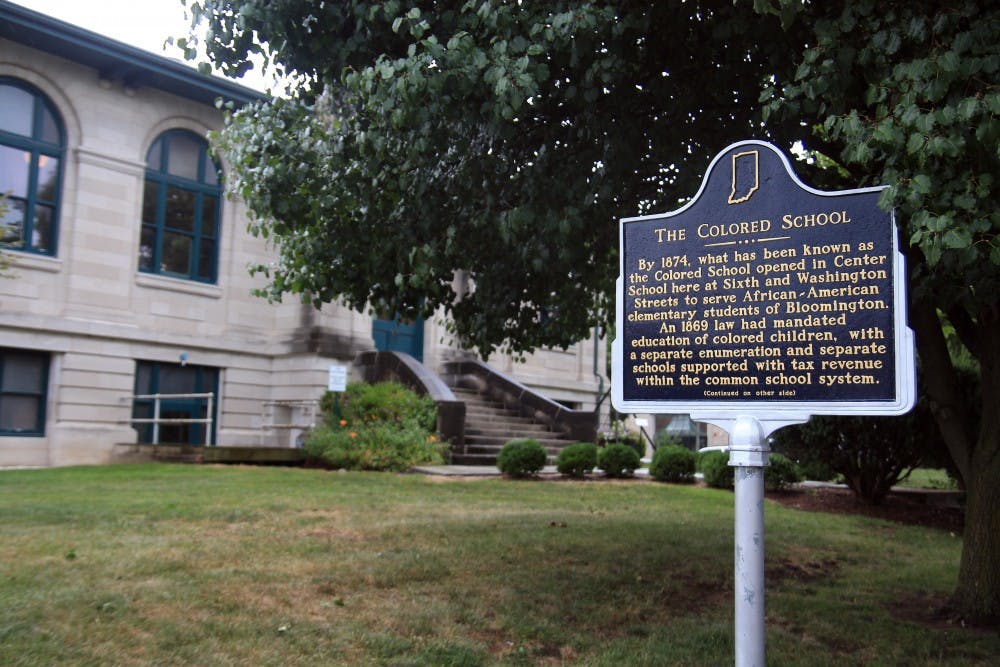The Monroe County History Center launched an exhibit over the summer celebrating the success of 29 local legends from 1870 to the present, showcasing the achievements of Bloomington’s black community.
The exhibit tells the stories of those who were the first in their professions, showing the progression Monroe County has seen over the past 200 years.
The exhibit, "Breaking the Color Barrier: Bloomington’s Firsts," is open Tuesday to Saturday, 10 a.m. to 4 p.m. Tickets are $2 for adults, $1 for students and children 6-17, and free for children age 5 and under. It will be open until Oct. 12.
Freshman Feven Araya, who walked through the exhibit, said she was surprised to see so much representation of black people in Bloomington.
Araya, who is from Indianapolis, said she doesn’t see much black historic representation in Indiana. Araya said she was motivated by the exhibit because it shows people like her can make a difference.
Notable people featured include George Taliaferro, an IU football star who led the team to its only undefeated Big Ten Conference championship in 1945 and the first black person to be drafted by a National Football League team.
It also includes Marcellus Neal, the first black graduate of Indiana University, Bill Garrett, the first black basketball player for IU and in the Big Ten, and Elizabeth Bridgewaters, Bloomington’s first black school board member.
According to a historical sign outside the building, the center was once a segregated public school for black children.
Just like the building, the artifacts in the exhibit reflect Bloomington’s segregated past. The Princess Theatre’s "Colored" sign comes from George Taliaferro, who went to the theatre for a date. The balcony was designated for those of color, but Taliaferro unscrewed and removed the "Colored" sign so he and his date could sit where they wanted.
A.J. Gianopoulos, Monroe County History Center exhibits manager, said Taliaferro now resides in Cincinnati, Ohio.
Gianopoulos considers this a defining moment in the history of Bloomington’s desegregation.
“Until now, the stories of the African-American community were largely absent from those told here,” Gianopoulos said. “I think this exhibition is a great way to start changing that.”
The exhibit will expand to include other minorities, Gianopoulos said. The museum recognizes the importance of its "Bloomington’s Firsts" exhibit and will be turning it to a permanent online exhibit.
With funding from a Wiley Foundation grant, the history center will set up a program to figure out how to best represent other minority groups in Monroe County. In order to gain more public support, they want to send out letters to organizations and do exhibit walk-throughs to get feedback on how the community feels about the exhibit.
Some future plans for the center include a new exhibit for the women of Radio Corporation of America in January and a possible exhibit looking at the history of segregated housing at IU.
The museum is open to phone calls from those who can provide more information on influential people who were the firsts in their positions, as part of further research for the expansion of the exhibit.
Gianopoulos said he hopes the message visitors gain is that if you have the mindset that you're going to get something done, you can.
“There’s several people we interviewed who told us their parents told them they had to work twice as hard, and that's the message to keep going and keep fighting as hard as you can to get where you wanna be.” Gianopoulos said.




